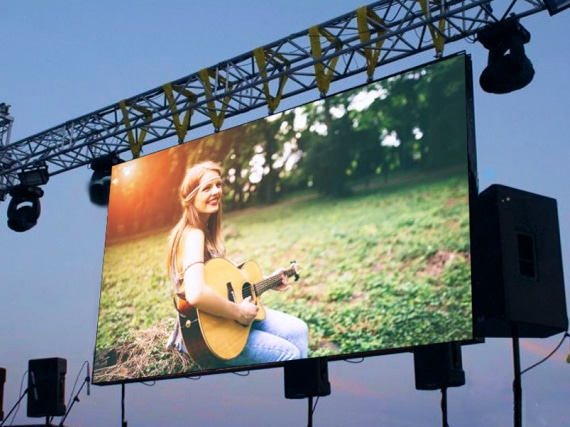Exploring the Crucial Factors That Affect Color Uniformity in LED Wall Screens for Optimal Display Performance
Exploring the Crucial Factors That Affect Color Uniformity in LED Wall Screens for Optimal Display Performance
Blog Article
Hue consistency in light-emitting diode wall screens is essential for achieving optimal optical output. light-emitting diode wall panels are widely used in various environments, including musical events, meetings, and advertising showcases. When the colors on these screens are uniform, they create a more captivating and immersive experience for viewers. Several critical factors affect color consistency, including the quality of the light-emitting diode elements, calibration processes, and environmental conditions.
The quality of the light-emitting diode elements plays a major role in color consistency. Various types of LEDs produce light at different wavelengths, which can influence the total hue result. Premium LEDs are designed to generate a more consistent light range, resulting in better hue precision. Additionally, the production method of these light-emitting diodes can impact their functionality. Panels made with superior materials and technology tend to have less hue differences, ensuring that the displayed images and videos look lively and faithful to reality.
Tuning is another essential element in preserving color uniformity in light-emitting diode wall panels. Calibration entails modifying the settings of the screen to make certain that the colors displayed align the desired appearance. This procedure can include fine-tuning luminosity, contrast, and color equilibrium. Regular tuning is necessary, especially in settings where illumination conditions vary frequently. By tuning the screens, technicians can correct any inconsistencies in color output, resulting to a more consistent viewing encounter.
Environmental conditions also affect color uniformity in LED wall screens. Elements such as surrounding light, temperature, and humidity can affect how hues are seen. For instance, bright surrounding light can dull colors, making them look more vibrant. Similarly, extreme heat can influence the functionality of the LEDs, leading to hue changes. To reduce these issues, it is essential to install light-emitting diode wall panels in controlled environments where lighting and heat can be controlled efficiently.
Finally, the design and layout of the light-emitting diode wall screens can affect color consistency. The arrangement of the screens, as well as the distance from which they are viewed, can create variations in color recognition. learn about this here now When screens are arranged too far apart or at different angles, audiences may detect discrepancies in hue. To achieve the optimal optical performance, it is important to take into account the positioning and arrangement of the screens during installation. By addressing these factors, users can guarantee that their light-emitting diode wall screens provide a consistent and superior optical experience.